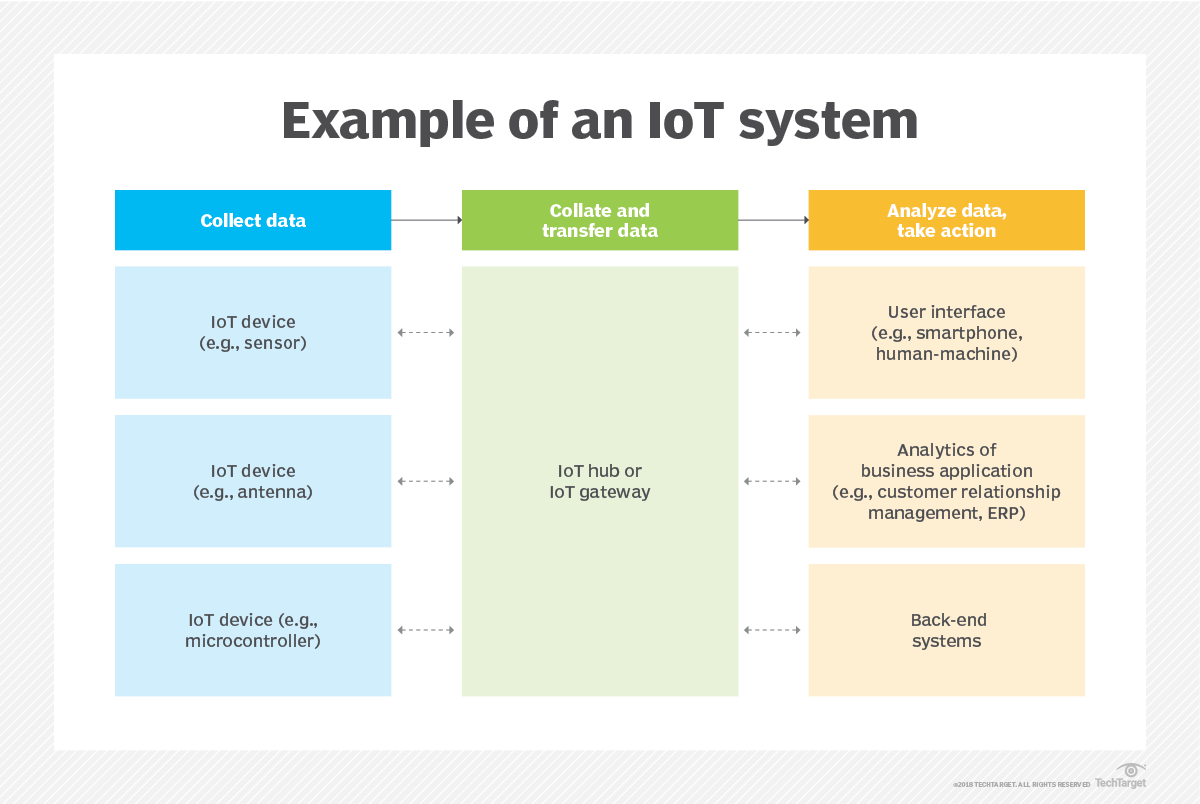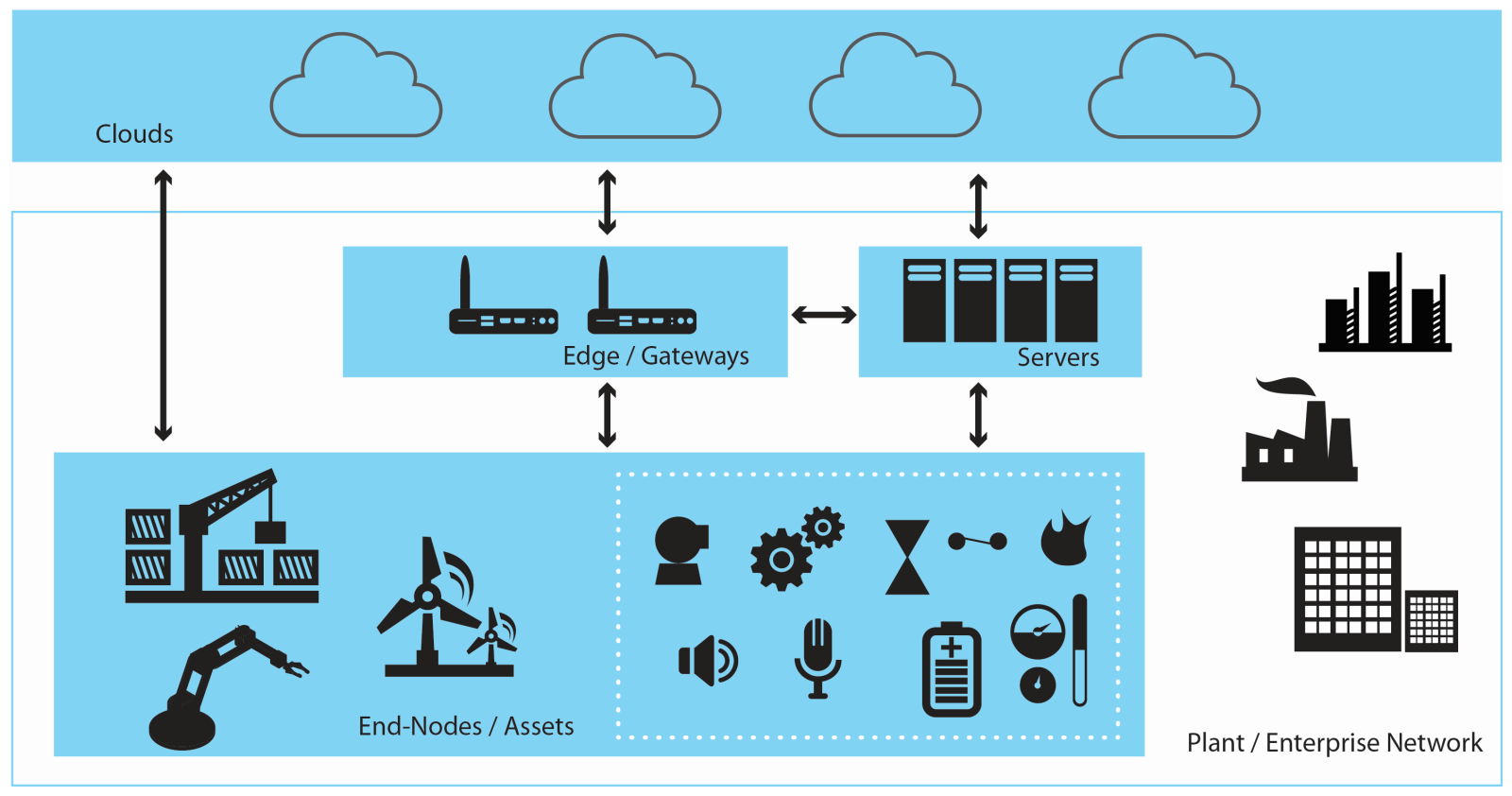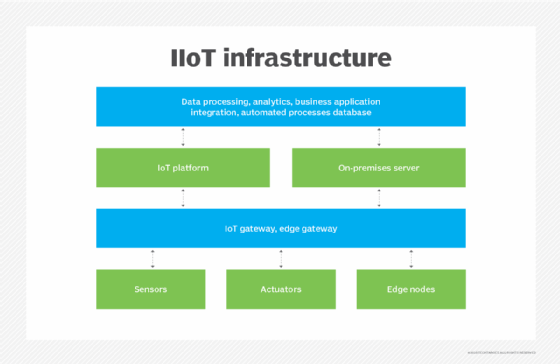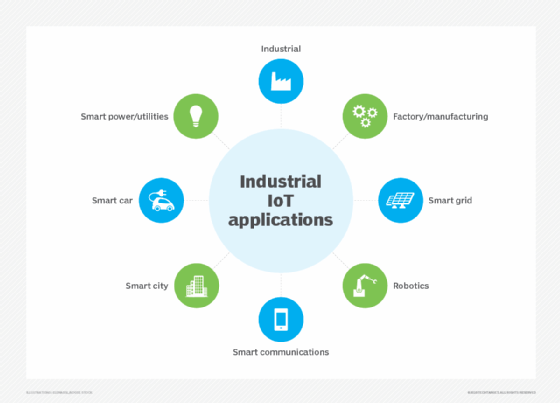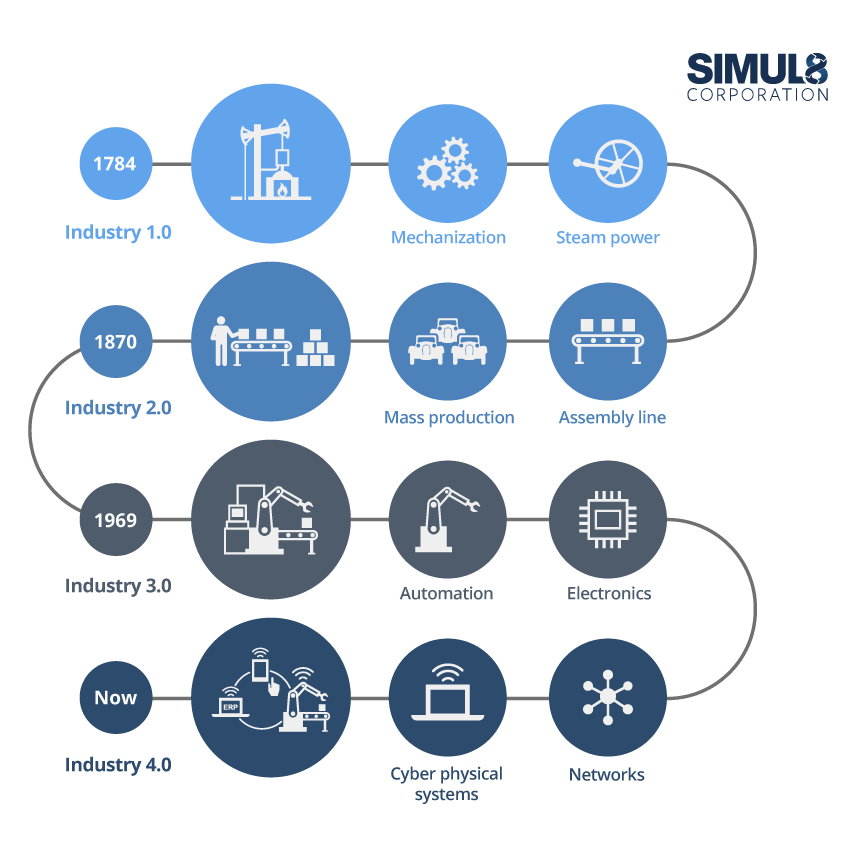Instead of sending all data to the cloud, edge devices like ESP32 microcontrollers, Raspberry Pi Zero, and NVIDIA Jetson Nano process AI tasks locally. These devices use far less power, require minimal cooling, and can even run on renewable energy sources. This shift is not just technical it’s environmental.
Why Edge Computing Powers Green AI
Processing data locally means fewer transmissions, lower bandwidth use, and drastically reduced energy consumption. When combined with renewable energy sources, edge computing creates a carbon-light AI ecosystem.
- Energy Efficiency: Runs AI models on milliwatts instead of kilowatts.
- Lower Carbon Footprint: Cuts reliance on high-emission data centers.
- Reduced E-Waste: Supports longer hardware lifespans.
- Scalability: Can be deployed everywhere—from remote farms to urban grids.
Real Edge Devices Driving Sustainability
ESP32 – The Low-Power IoT AI Enabler
- Use Case: Smart irrigation systems analyze soil and weather locally, activating pumps only when needed.
- Impact: Up to 25% water savings and minimal energy use.
Raspberry Pi Zero 2 W – Affordable AI at the Edge
- Use Case: Home energy management systems predict consumption and optimize appliance usage.
- Impact: Reduced household energy waste, contributing to lower emissions.
NVIDIA Jetson Nano – AI Power for Industrial Efficiency
- Use Case: Real-time defect detection in factories without cloud processing.
- Impact: Avoids production errors, reduces waste, and cuts energy losses.
Arduino Portenta H7 – Sustainable Industrial IoT
- Use Case: Water flow monitoring for irrigation and industry, processed directly on the device.
- Impact: Conserves water while minimizing network and power consumption.
Practical AI Models That Support These Devices
These edge devices rely on optimized AI models that balance performance with power efficiency. Here are real-world models that make edge AI sustainable:
1. MobileNet (TensorFlow Lite)
- Optimized For: Low-power image classification on ESP32 and Raspberry Pi.
- Example: Used in smart cameras to detect plant diseases in fields without needing cloud support.
2. YOLOv5 Nano
- Optimized For: Object detection on Jetson Nano and Raspberry Pi.
- Example: AI-enabled cameras for waste sorting, improving recycling rates while saving energy.
3. TinyML Anomaly Detection Models
- Optimized For: Real-time industrial monitoring on microcontrollers.
- Example: Vibration sensors using TinyML detect machinery faults early, preventing energy waste from breakdowns.
4. SensiML Gesture Recognition
- Optimized For: ESP32 and Arduino Portenta for local ML processing.
- Example: Smart wearable devices for energy-efficient gesture control in smart homes.
5. Edge Impulse Environmental Monitoring Models
- Optimized For: ESP32, Raspberry Pi, and Arduino boards.
- Example: Tiny ML models track air quality, helping cities optimize pollution control without massive cloud data.
Edge Computing + Renewable Energy = Carbon-Neutral AI
Pairing these devices with solar panels or other renewable energy solutions creates an ecosystem where AI runs with almost zero emissions. Imagine solar-powered AI irrigation, wind-powered edge sensors for smart grids, or battery-efficient wildlife tracking cameras—all contributing to sustainability without burdening the planet.
Why This Approach Works
Unlike traditional AI systems that require huge centralized resources, edge computing keeps computation close to the source, minimizing energy and emissions. When scaled globally, this could cut AI’s carbon footprint dramatically while making AI accessible to communities everywhere.
Real-World Edge AI Case Studies: Tiny Models Powering Green AI Applications
1. ESP32-CAM for Local Object Detection
Use Case: As described in Sensors (2025), an object‑detection model runs directly on an ESP32-CAM module, performing image classification locally over MQTT—for example, detecting people or objects in monitoring scenarios.
Impact: Compared to sending images to the cloud, this setup significantly reduces bandwidth, latency, and energy use—ideal for solar-powered, off-grid deployments.
(MDPI)
2. TinyML Soil Moisture Prediction for Smart Farming
Use Case: A TinyML pipeline on ESP32 predicts daily soil moisture locally using pruned/quantized models, enabling precise irrigation control without cloud reliance.
Impact: This edge-only approach lowers water usage and eliminates transmission energy, making micro-farming both efficient and sustainable.
(IET Research Journals)
3. Jetson Nano for Smart Recycling Bins
Use Case: Researchers built a smart recycling bin using YOLOv4/K210 deployed on Jetson Nano, classifying waste types with 95–96% accuracy while consuming just ~4.7 W.
Impact: Waste sorting efficiency rises, with low power consumption and reduced cloud dependency—helping cities optimize recycling programs.
(arXiv)
4. Leaf Disease Detection on Raspberry Pi
Use Case: In a thermal-imaging study, MobileNetV1/V2 and VGG‑based models were pruned and quantized to run on Raspberry Pi 4B, detecting leaf disease in real time for farmers.
Impact: On-device disease classification was up to 2× faster than GPU inference, with much lower energy use, making crop monitoring more accessible.
(arXiv)
5. Smart Voice Assistants with TinyML in Home Automation
Use Case: A Nature (2025) study showed that voice assistant models on low-power devices (ESPs, wearables, or microcontrollers) can interpret commands and adjust home systems—all without constant internet access.
Impact: This reduces cloud energy costs and supports privacy, while enabling assistive tech in off-grid or low-bandwidth areas.
(Nature)
Why These Case Studies Show Green AI in Action
| Feature | What It Delivers |
|---|---|
| Local Inference | Reduces need for cloud uploads and data transfers |
| Low Power Consumption | Uses watts or milliwatts, not kilowatts |
| Efficient Models | Uses pruning, quantization, TinyML for edge viability |
| Real-World Accuracy | Models maintain 80–96% accuracy, suitable for tasks |
| Sustainable Deployment | Compatible with solar or battery-powered setups |
Bibliography
- Edge Impulse. (2024). TinyML for IoT and Edge Devices. Retrieved from https://www.edgeimpulse.com
- Raspberry Pi Foundation. (2025). Raspberry Pi Zero 2 W Applications in AI and IoT. Retrieved from https://www.raspberrypi.com
- NVIDIA. (2025). Jetson Nano for Edge AI. Retrieved from https://developer.nvidia.com/embedded/jetson-nano
- Arduino. (2025). Portenta H7: Low Power AI for Industry 4.0. Retrieved from https://www.arduino.cc/pro
- International Energy Agency. (2025). AI and the Energy Transition. Retrieved from https://www.iea.org
- Chang, Y.-H., Wu, F.-C., & Lin, H.-W. (2025). Design and Implementation of ESP32-Based Edge Computing for Object Detection. Sensors, 25(6), 1656.(MDPI)
- Anonymous. (2024). TinyML-based moisture prediction for micro-farming on edge devices.(arXiv)
- Li, X., & Grammenos, R. (2022). Smart Recycling Bin Using Waste Image Classification at the Edge. arXiv.(arXiv)
- Silva, P. E. C. da, & Almeida, J. (2024). Leaf Disease Classification via Edge Computing and Thermal Imaging. arXiv.(arXiv)
- Chittepu, S., Martha, S., & Banik, D. (2025). Empowering Voice Assistants with TinyML for Real‑World Applications. Scientific Reports.(Nature)





